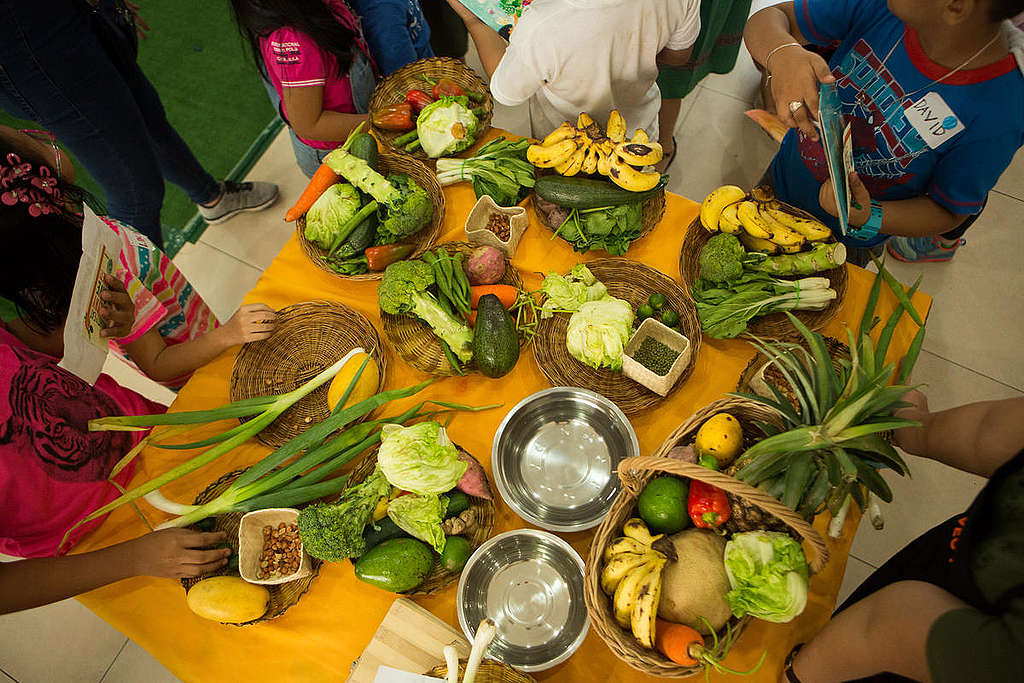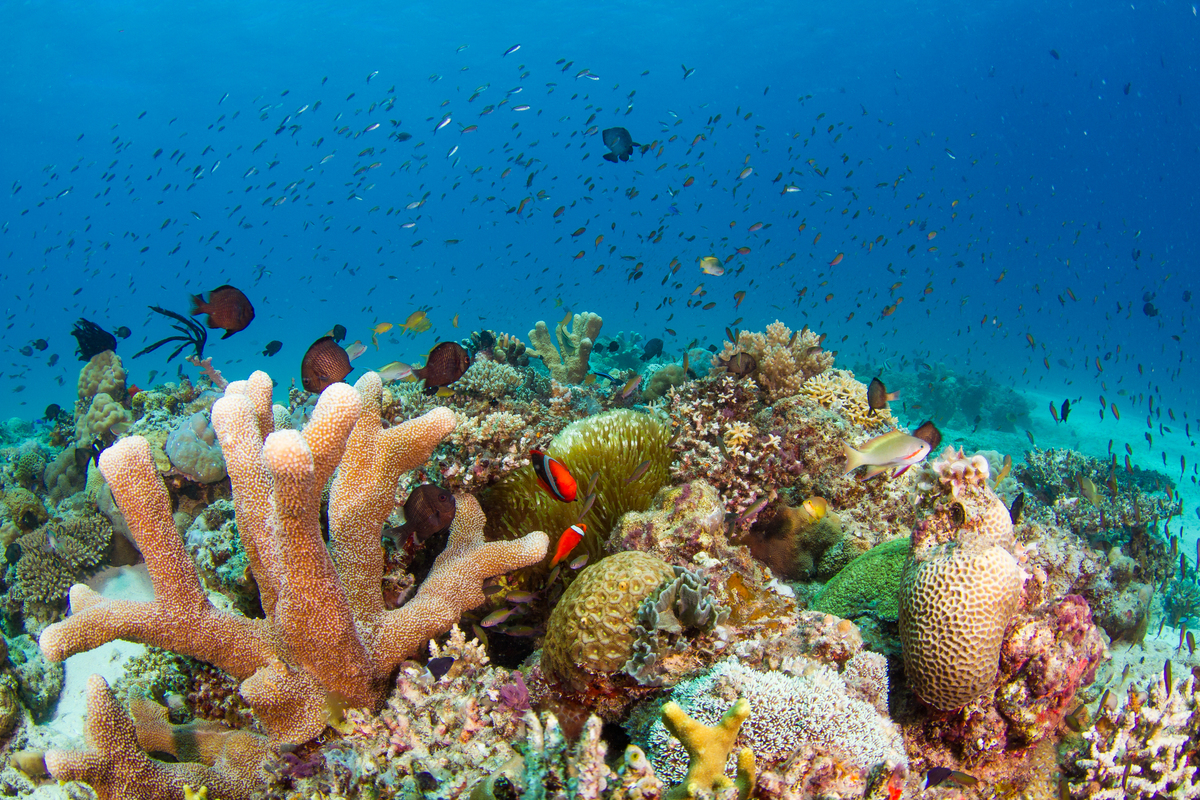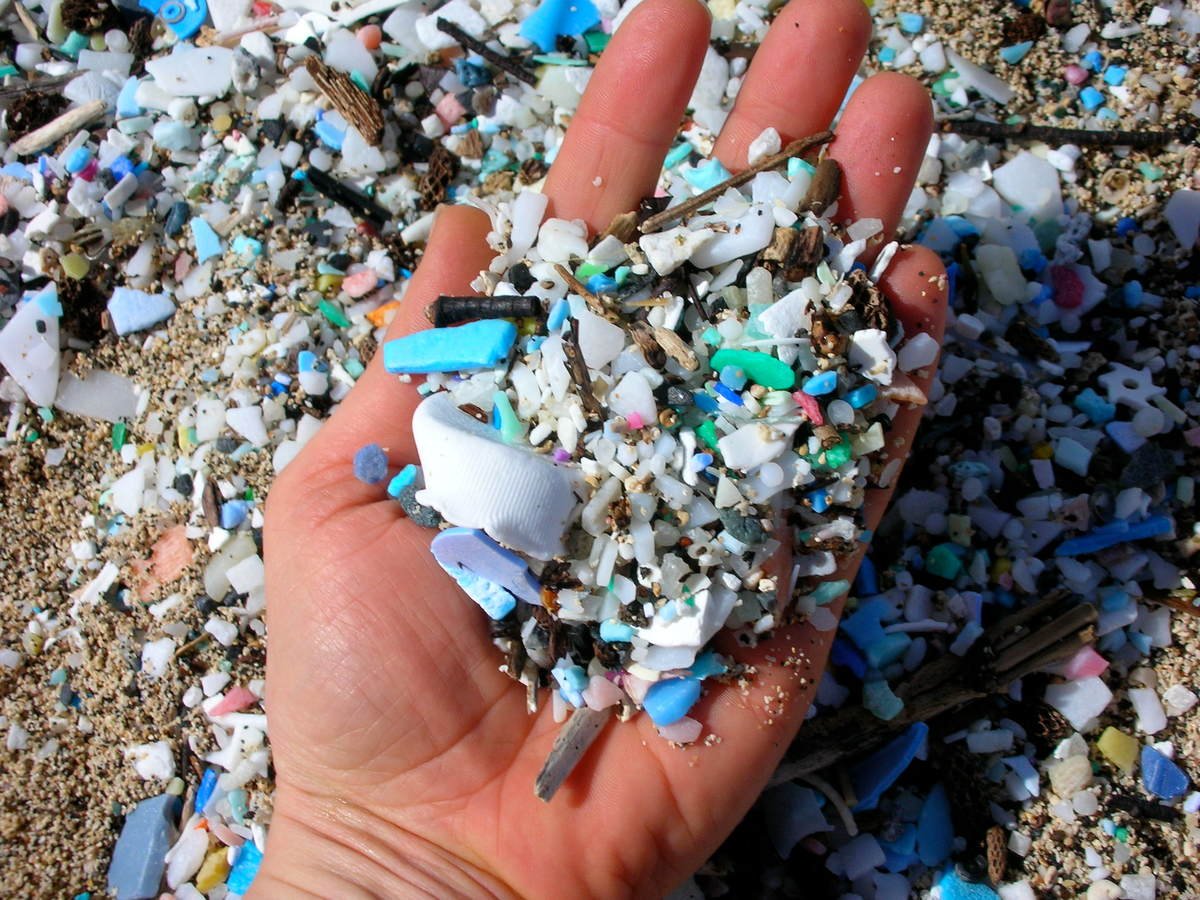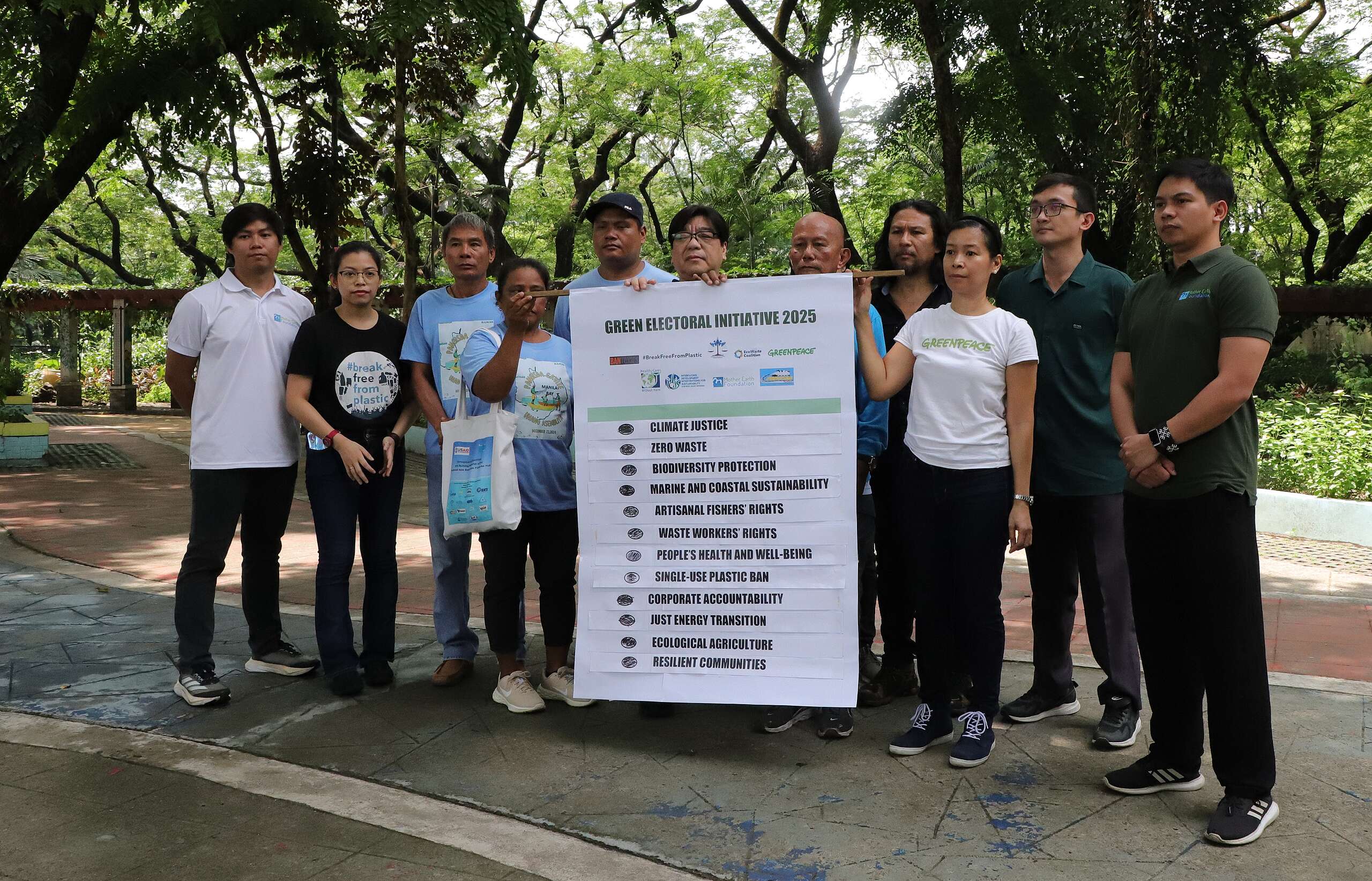When Karla Rey was a child, she would spend weekends in her grandmother’s backyard, tending to the garden, propagating cuttings, and picking fresh fruits and vegetables to eat. Mangoes, bananas, star apples, guavas, aratilis, makopa, calamansi, jackfruit, squash, patola, and malunggay were abundant, and she would bring the excess harvest to neighbors. Her grandmother, who owned a plant nursery in the province, taught her how to make fruit preserves and cook vegetables, as well.
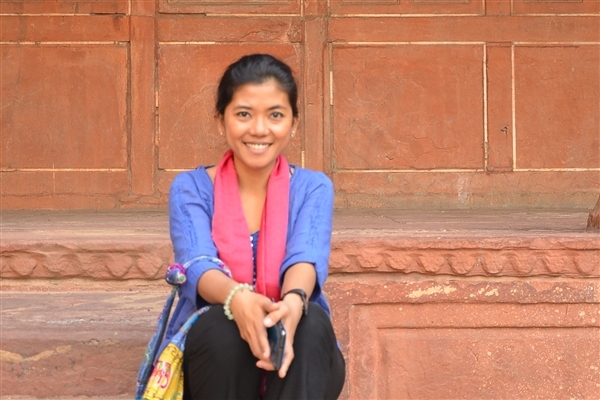
It is these childhood experiences that help shape her English translation for the new children’s book, Paano Kumain ng Kulay?, published by Adarna House, Me & My Veg Mouth, and Greenpeace Philippines.
“If we can make Filipino kids consider, even for just the time that they are reading the book, that eating fruits and vegetables is fun and is good for the world, it is worth putting this book out there,” she says. “An idea once planted in the head can grow, especially since they are young.”
The book takes readers on a rainbow-hued culinary adventure that teaches them to “eat their colors”.
There are also activities for parents and teachers to do with the children so that they can learn to love fruits and vegetables, such as dedicating one day a week to plant-based meals (“Luntiang Lunes“, “Meat-free Martes“, or “Thank Gulay it’s Friday”).
It is Rey’s hope that readers will realize that they can change the world, one plate at a time.
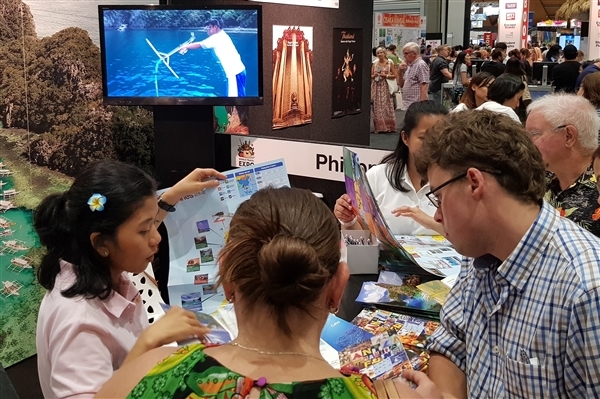
Being an Australian resident, she has seen how school-based interventions work in getting children to eat healthy.
“Australian kids reach for cherry tomatoes and baby cucumbers (instead of potato chips and junk food) when getting snacks, because apparently, these form part of daycare and kindergarten food offerings. Imagine that! So I really think if we start them young with better food choices and we set the example as adults, they will carry these on,” she explains.
She herself grew up eating fast-food fried chicken, and in a household that values having meat with every meal. But because she wanted to reduce her carbon footprint, she decided to transition to a plant-based diet.
“I had to learn cooking plant-based food which made me mindful of the natural flavors of plants and what certain things do to them: crushing/mincing, what heat does, etcetera. It forces me to be creative, and as a result I’m discovering a whole new world of non-animal products that help create flavors that I was used to as an omnivore,” she shares.
Today she lists spinach as her favorite plant-based ingredient: versatile, protein-packed, and can be served warm or cold.
“It’s hard to pick a favorite plant-based dish, though,” she says. “But if it’s comfort food, it would be a ‘big breakfast’ of tofu scramble, with tomato steaks, mushrooms, and spinach, which I tend to have any time of the day when I need comforting, haha.”
Greenpeace Philippines have partnered with Adarna Publishing and Me and My Veg Mouth to publish this book, Paano Kumain ang Kulay? to invite children to eat fruits, vegetables, and root crops for their own health while teaching them that by consuming plant-based food, they are also helping save the environment.
